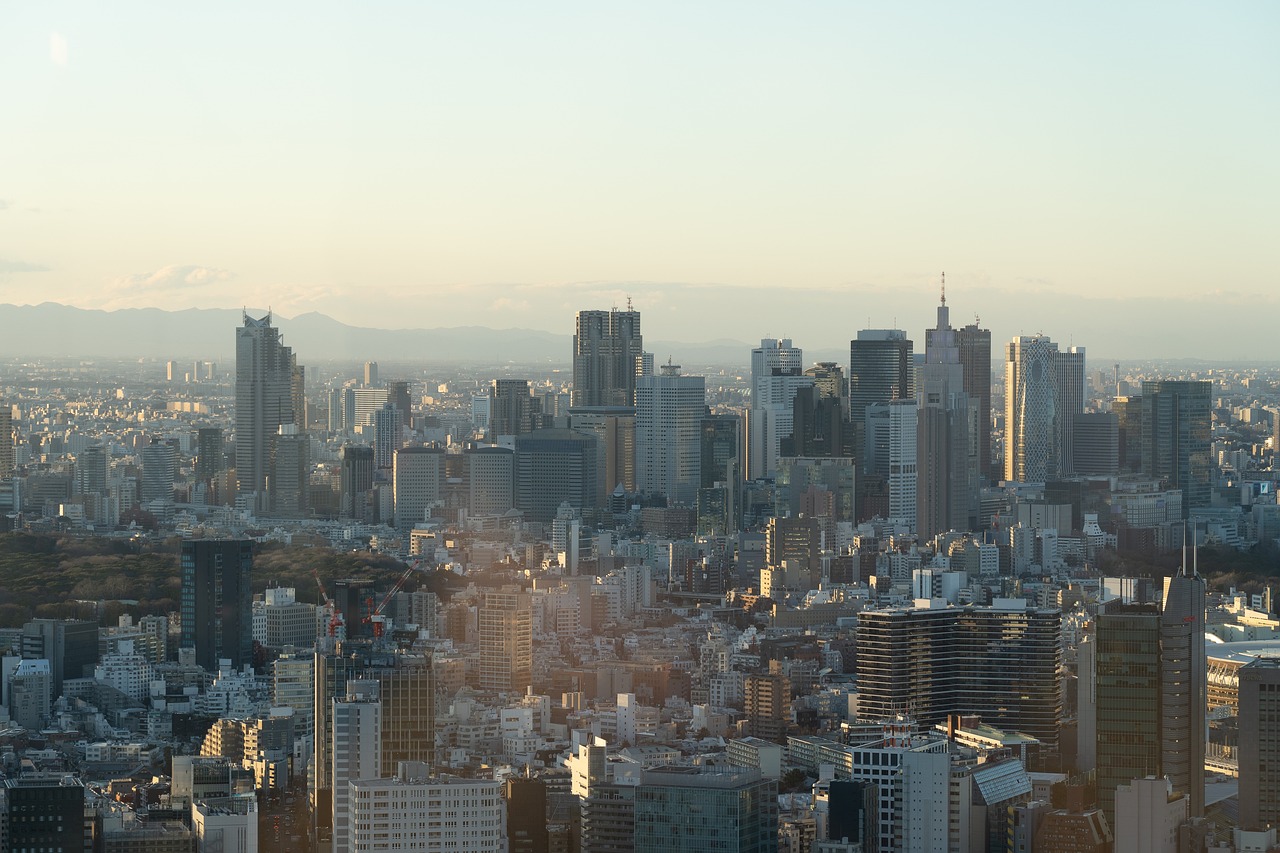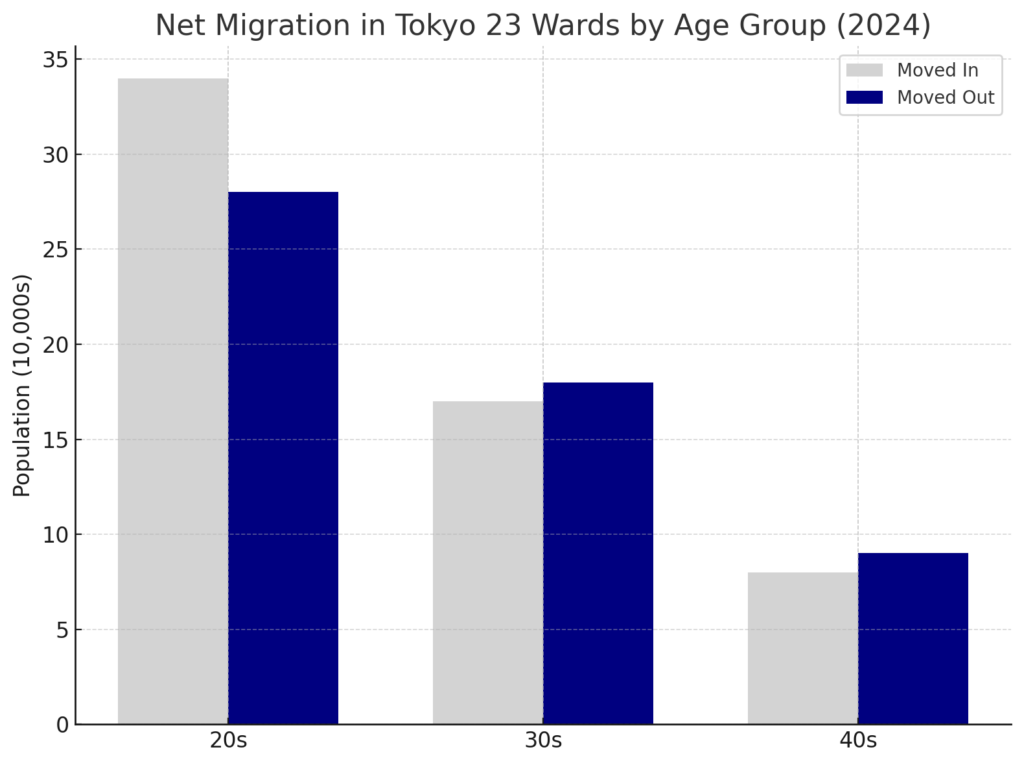



BE INSPIRED
マガジン
2025.05.26
東京23区のマンション市場は「量から質へ」──新たな住宅政策が投資判断に与える影響とは?

2025年現在、東京23区では「住宅戸数の拡大」から「住環境の向上」へと政策の重点がシフトしています。不動産価格の高騰と人口構成の変化に対応するため、自治体はデベロッパーに対して新たな条例や要件を課す動きが加速しています。
とくに新宿区、中野区、豊島区などでは、マンション開発に対して以下のような具体的な要請・義務が導入され始めています。
新宿区では、100戸以上の大規模マンション開発において、保育施設や学童保育の設置、また駐車スペースや災害時の備蓄倉庫の整備など、地域インフラとの調和が求められます。これにより、投資対象が「ただの箱」から「地域共生型の資産」へと進化していることが読み取れます。
中野区では、高齢化社会を見据えた施策として、3階建て以上・12戸以上の集合住宅には段差のない床、手すりの設置、廊下の幅を80cm以上にすることなどが義務付けられます。これは高齢者や障がい者にも快適な住空間を提供することで、幅広い層から選ばれる資産となる可能性があります。
2024年10月から豊島区では、一定規模以上の物件に「ファミリータイプ住戸」の確保が義務付けられました。これは都心回帰を促す戦略であり、長期安定的な賃貸需要を見込めるファミリー層への訴求を意味します。

*出典:日本経済新聞「東京23区マンション、投機より住み心地に重点 自治体が事業者に要請」2025年5月26日(URL:https://www.nikkei.com/article/DGXZQOCC216AM0R20C25A4000000/
)
価格への直接的な悪影響は限定的とされており、適応した間取りや設計の物件は今後さらに選ばれやすくなると専門家は指摘しています。
賃貸市場でも、高齢者や子育て世帯に対応した物件は差別化が可能であり、空室リスクの低減に繋がります。
また、自治体が定める要件に適応した物件は今後の法改正にも強く、資産価値の安定化が見込まれます。
東京23区の不動産市場は、これまでの「面積拡大」から「質的向上」へと大きく舵を切っています。
投資家としては、価格だけでなく、地域政策や住環境への対応度合いも含めた「選ばれる物件」を見極める力が問われる時代に突入しました。
この動きを先取りすることで、安定したキャッシュフローと資産価値の両立が可能となるでしょう。
Tokyo Shifts from “Quantity” to “Quality” in Real Estate – What Investors Should Know
As of 2025, Tokyo’s 23 wards are undergoing a major transformation in urban residential policy. Local governments are increasingly prioritizing livability and community integration over simply increasing housing supply.
In response to rising property prices and demographic shifts, municipalities such as Shinjuku, Nakano, and Toshima are now requiring developers to incorporate features that align with social needs — from family-friendly layouts to disaster resilience and barrier-free access.
Shinjuku is planning a new ordinance that will require developers of large-scale condominiums (100+ units) to include childcare support infrastructure such as nursery schools and after-school facilities. Additional requirements may include parking areas and disaster-preparedness storage.
This marks a significant shift from “profit-only” development to community-integrated real estate assets.
Nakano Ward mandates that mid-size and high-rise condominiums (3 stories or more, 12+ units) provide barrier-free design, including:
Step-free floors
Corridors at least 80 cm wide
Grab bars in bathrooms and entryways
These measures enhance the appeal of properties to elderly and disabled tenants, broadening rental demand and long-term value.
From October 2024, Toshima Ward requires that condos with 30+ units must include family-oriented units (minimum 50㎡).
This encourages long-term residency and supports stable rental income from family tenants.

Experts suggest these new requirements will not negatively impact property prices, but rather favor well-designed, policy-compliant units.
Assets catering to families and elderly are likely to perform well in the rental market and stand out in an oversupplied urban landscape.
Regulatory-compliant properties are also more resilient to future policy changes, reducing long-term risk.
Tokyo’s property market is evolving from a numbers-driven environment to one where quality of living, community infrastructure, and compliance play crucial roles.
For investors, this means it’s time to go beyond price and square footage — to select assets that are aligned with future-oriented policies and demographic trends.
Early movers in this space are likely to enjoy both sustainable yields and asset stability in Japan’s ever-competitive urban real estate market.